The Capitol Building and Boise Train Depot
At either end of Capitol Boulevard sit Boise’s two most distinctive buildings. To the north is the stunning State Capitol, while on a bluff to the south, easily visible from the capitol’s steps, is the Old Train Depot.
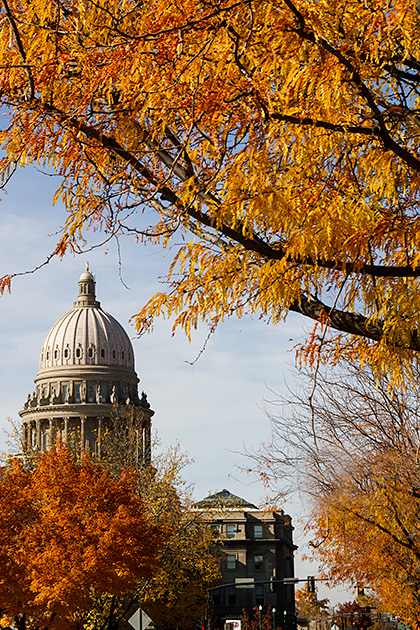
Of the two, the Capitol is the older building, completed in 1912, 22 years after Idaho gained statehood. It was built in the Renaissance Revival style, using sandstone from local quarries, and has a dome which reaches 208 feet into the air. Perched on top of the dome is a huge bronze eagle meant to keep watch over Boise. The Capitol building was recently renovated and its gleaming white interior is open to the public. On the bottom floor is a permanent exhibition about Idahoan history.
Just over a mile due south is the Old Train Depot, built in 1925. During the city’s early years, the nearest train connection was in Nampa, twenty miles to the west: a significant distance in those days. So the railroad finally coming to Boise was a momentous occasion. The depot, built to resemble an early Spanish mission, was immediately hailed as one of the most beautiful stations in the west.
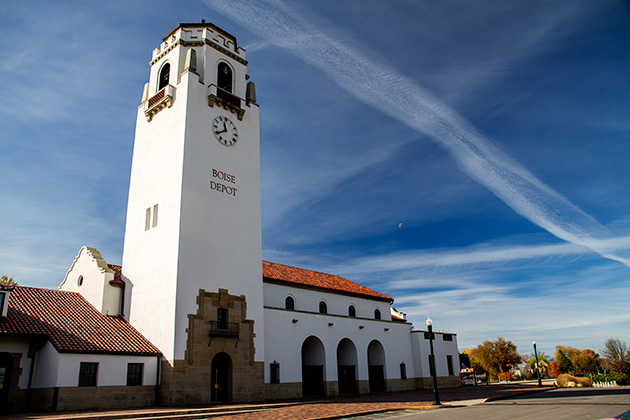
We took a peek in and around the Old Depot. The last train rolled through in 1997, but the hall still has a board with schedules and a few small exhibits reminiscing about the past. Today, it’s mostly used for weddings and corporate meetings. With a hilltop view stretching out over Boise and the lovely Platt Gardens spread out across the front yard, it certainly lends itself to special events.
The Depot is only open to the public for a few hours on Sundays and Mondays, and otherwise sits on top of its hill empty and unused. A little frustrating for those on a rigid schedule, but you can always visit the Platt Gardens, and see Big Mike: a 2-8-2 Mikado steam locomotive built in 1920, and one of the last still in existence.
Locations on our Idaho Map: State Capitol | Boise Depot
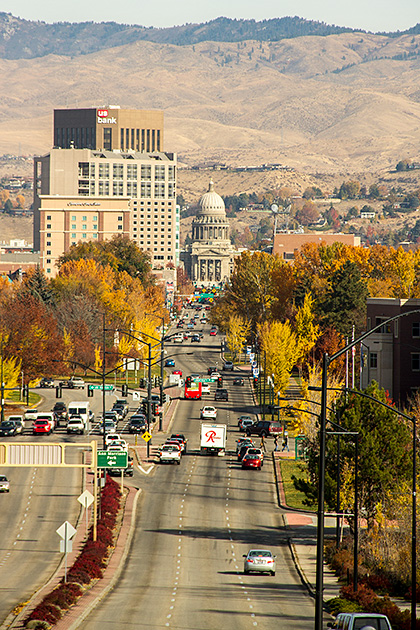
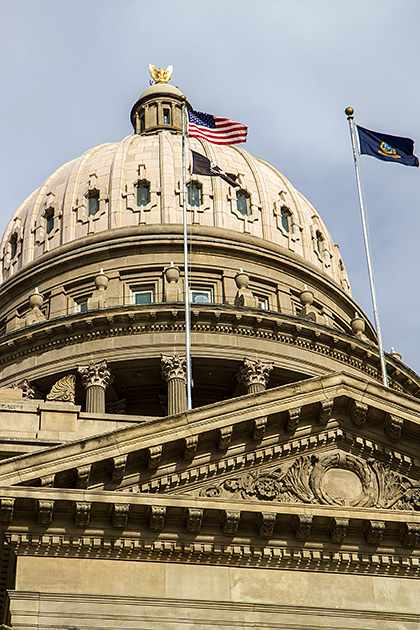
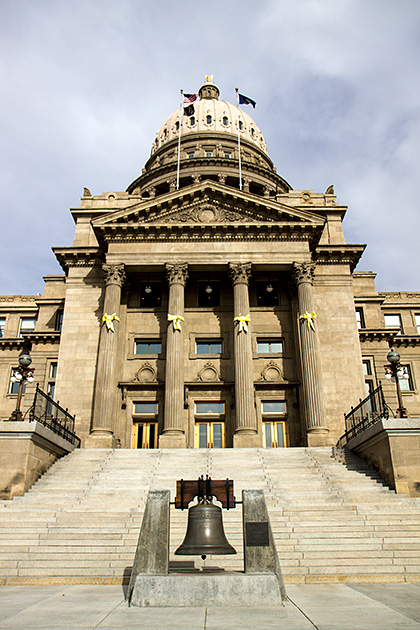
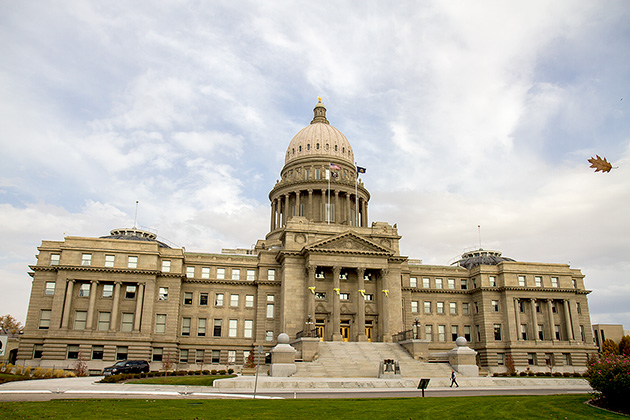
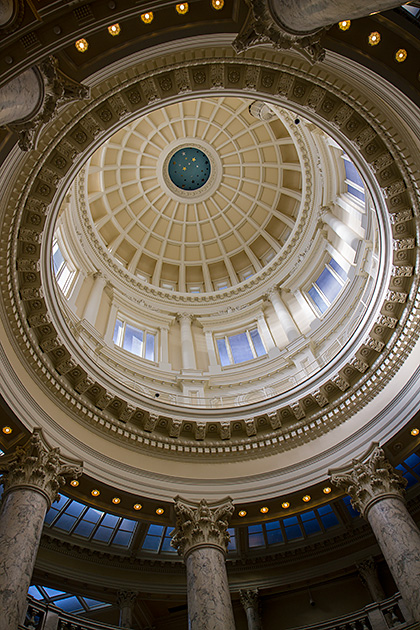
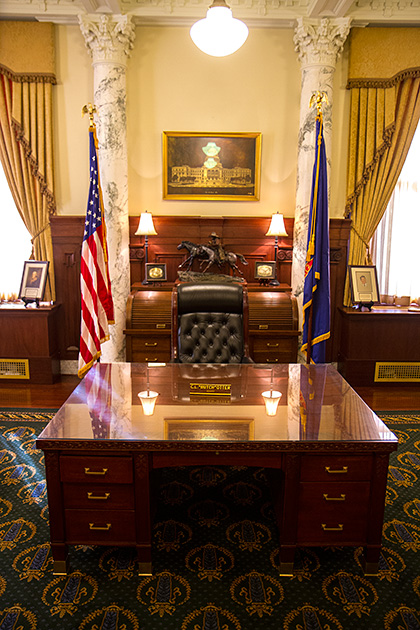
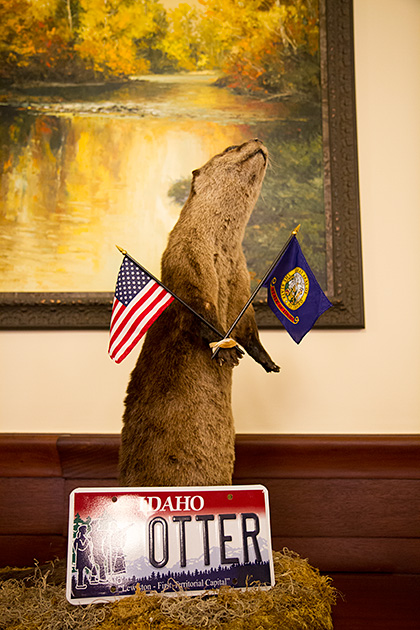

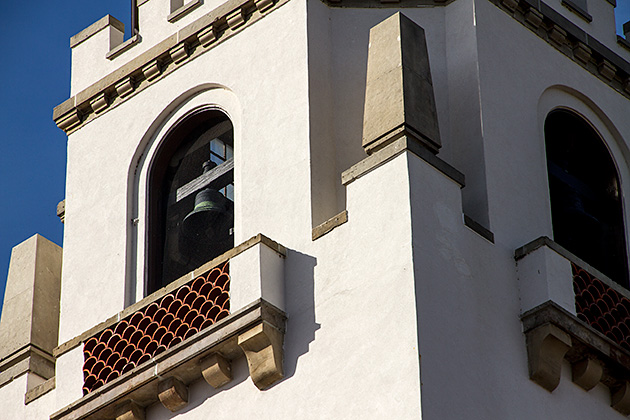
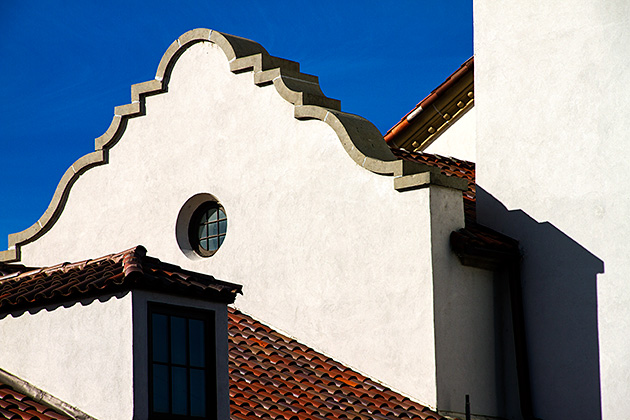
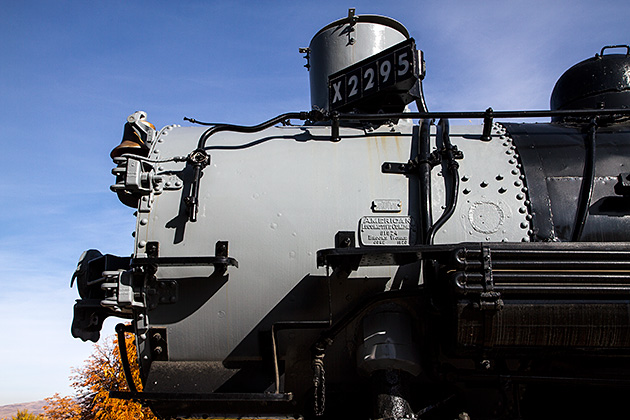
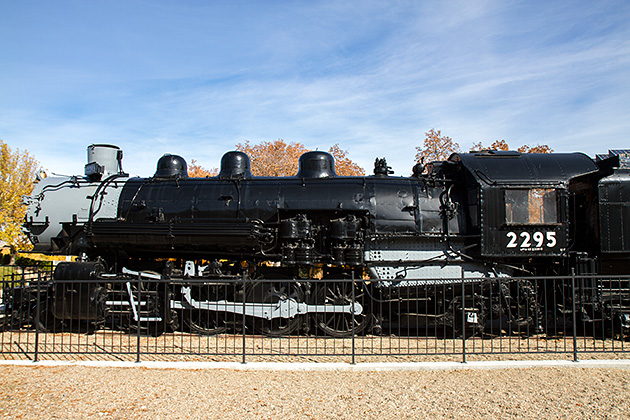
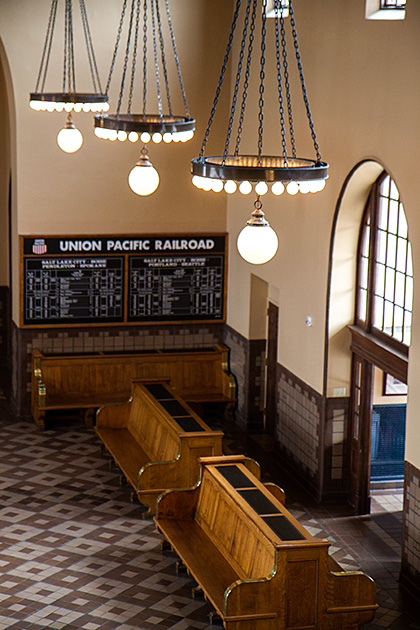
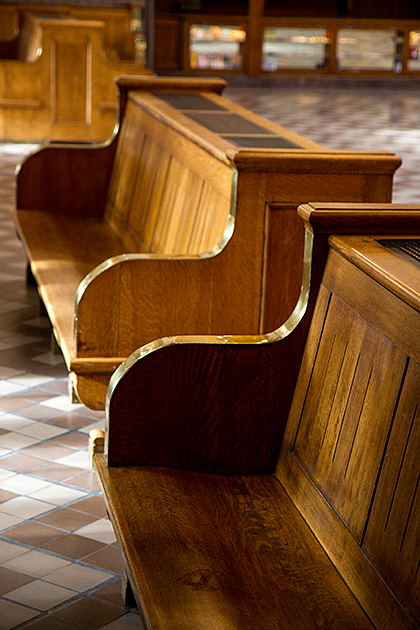
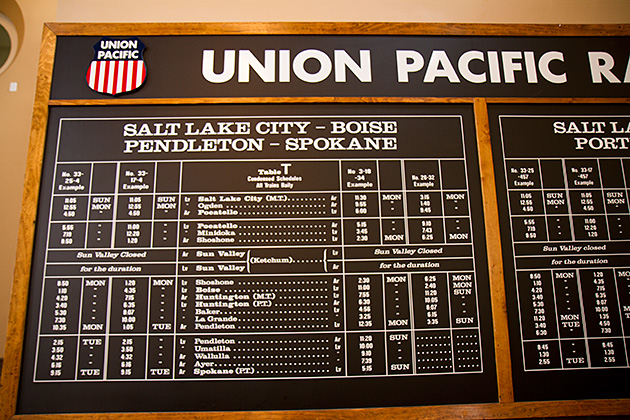
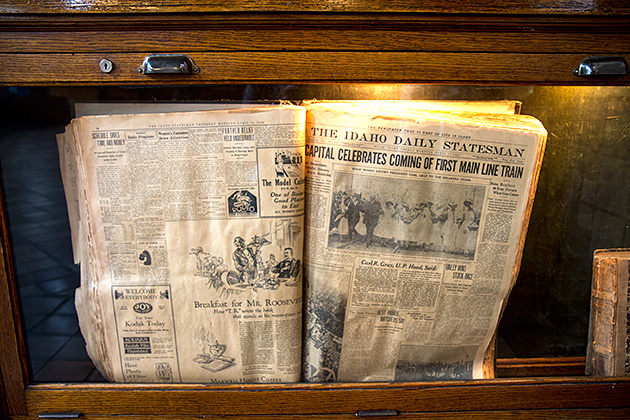
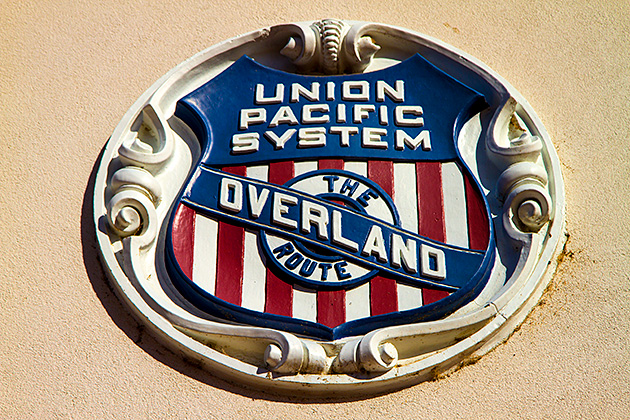
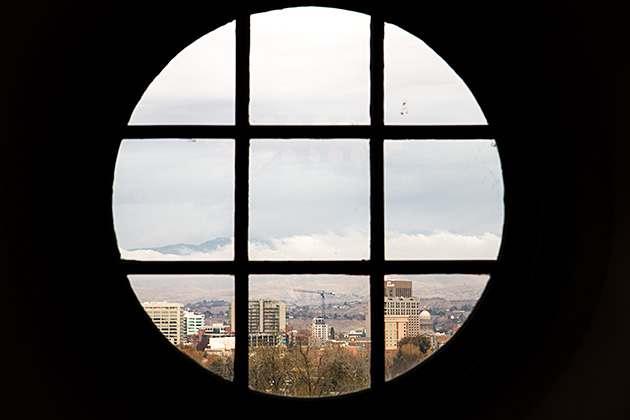
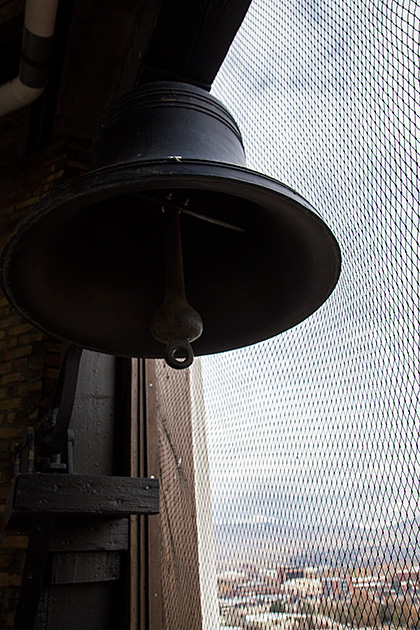
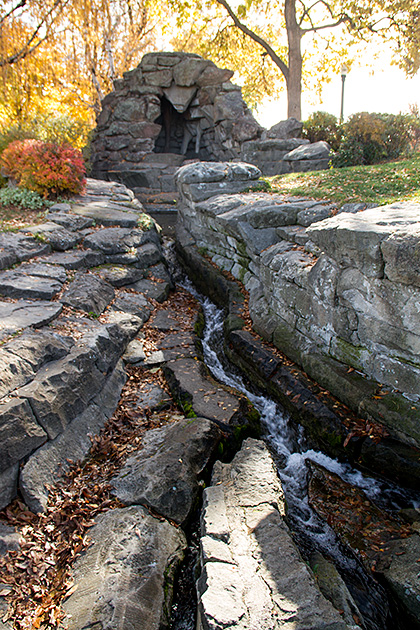
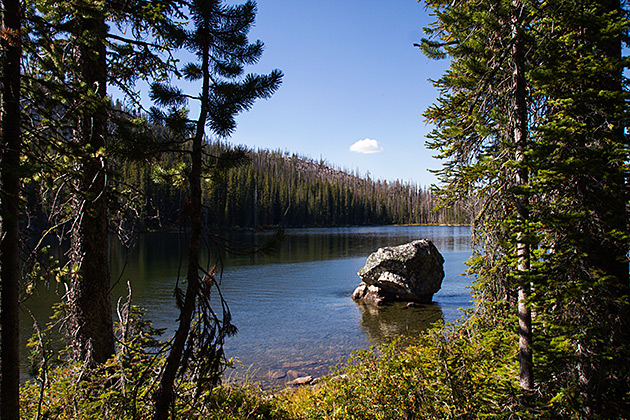


Love the history and the photos are wonderful… especially the one of the capitol building with the leaf floating in from the right side, as well as the fall color of the leaves framing the first picture.